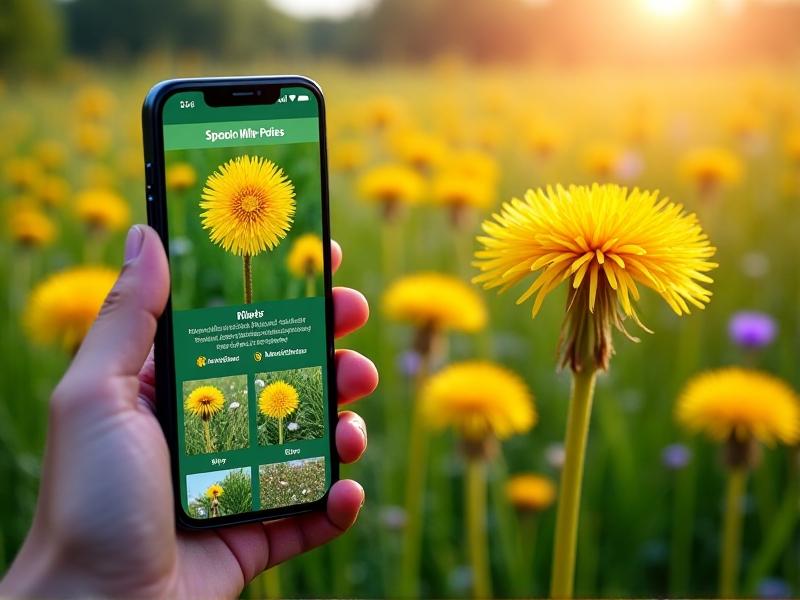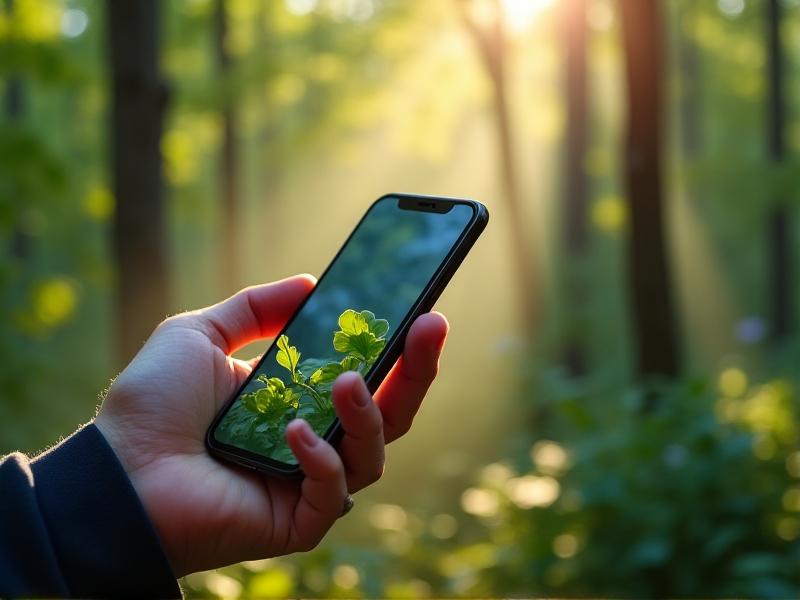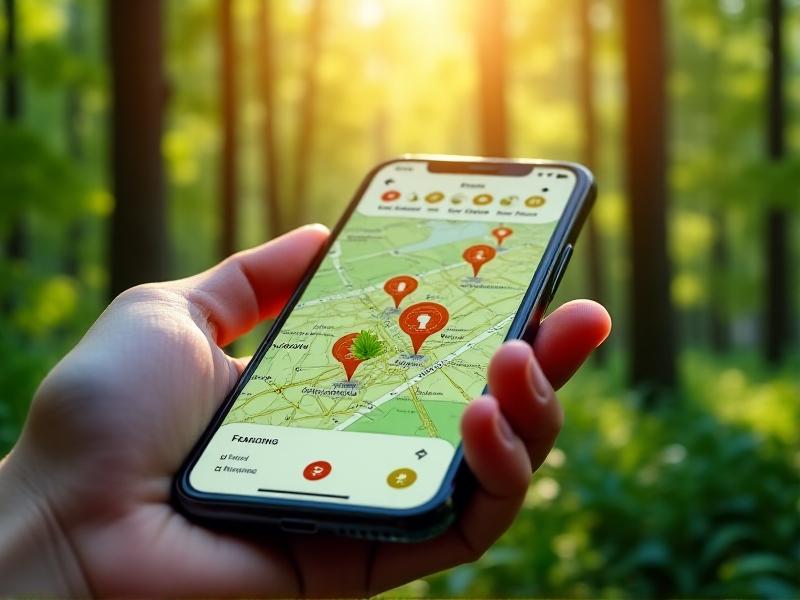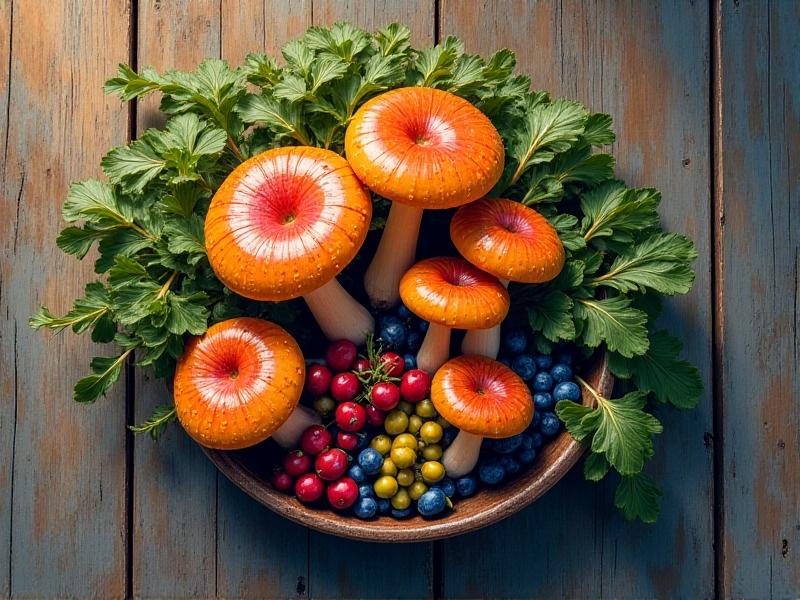Edible Weed Identification Apps: Comparing Accuracy and Features
Introduction to Edible Weed Identification Apps
In recent years, the popularity of foraging has surged, with more people seeking to connect with nature and discover the edible treasures hidden in their surroundings. Edible weeds, often overlooked, can be a nutritious and sustainable food source. However, identifying these plants correctly is crucial to avoid potential health risks. Enter edible weed identification apps—digital tools designed to help users accurately identify and learn about edible plants. These apps combine advanced technology with botanical knowledge, offering features like image recognition, detailed plant profiles, and foraging tips. In this article, we’ll explore the accuracy and features of some of the top edible weed identification apps available today.

Why Accuracy Matters in Edible Weed Identification
Accuracy is paramount when it comes to identifying edible weeds. Misidentification can lead to consuming toxic plants, which can cause severe health issues or even be fatal. Edible weed identification apps rely on algorithms and databases to provide accurate results, but their effectiveness varies. Factors such as image quality, the comprehensiveness of the plant database, and the app’s ability to distinguish between similar-looking species all play a role. Users must also understand that these apps are tools, not substitutes for expert knowledge. Combining app use with traditional foraging guides and hands-on learning from experienced foragers can enhance safety and confidence in identifying edible weeds.

Top Features to Look for in an Edible Weed Identification App
When choosing an edible weed identification app, certain features can significantly enhance the user experience. High-quality image recognition is a must, as it allows the app to accurately identify plants based on photos. Detailed plant profiles, including information on edibility, nutritional value, and potential look-alikes, are also essential. Some apps offer additional features like seasonal foraging guides, recipes, and the ability to save and organize plant discoveries. Offline functionality is another valuable feature, as it allows users to access information even in remote areas without internet connectivity. Evaluating these features can help users select the app that best meets their needs.

Comparing Popular Edible Weed Identification Apps
Several apps stand out in the realm of edible weed identification, each with its strengths and weaknesses. For example, App A boasts a vast plant database and advanced image recognition, but its interface can be overwhelming for beginners. App B, on the other hand, offers a more intuitive design and offline access but has a smaller database. App C focuses on community-driven content, allowing users to share tips and discoveries, though its accuracy can vary. By comparing these apps side by side, users can determine which one aligns with their foraging goals and skill level. Reviews and user feedback can also provide valuable insights into an app’s reliability and usability.
The Role of User Feedback in App Development
User feedback plays a crucial role in the evolution of edible weed identification apps. Developers rely on input from foragers to improve accuracy, add new plant species to the database, and refine features. Many apps include a feedback mechanism, allowing users to report misidentifications or suggest improvements. Community forums and social media groups dedicated to foraging also serve as platforms for users to share their experiences and recommendations. By actively engaging with the app’s development process, users can contribute to creating a more reliable and user-friendly tool for everyone.
Safety Tips for Using Edible Weed Identification Apps
While edible weed identification apps are valuable tools, they should be used with caution. Always cross-reference app results with other reliable sources, such as field guides or expert advice. Start by identifying common and easily recognizable plants before venturing into more challenging species. Avoid consuming any plant unless you are 100% certain of its identity and edibility. It’s also essential to forage responsibly, respecting nature and local regulations. By following these safety tips, users can enjoy the benefits of foraging while minimizing risks.
The Future of Edible Weed Identification Technology
The future of edible weed identification technology looks promising, with advancements in artificial intelligence and machine learning paving the way for even more accurate and intuitive apps. Future developments may include real-time augmented reality features, allowing users to identify plants by simply pointing their smartphone camera at them. Integration with wearable devices and smart glasses could also revolutionize the foraging experience. As these technologies evolve, they will continue to make foraging safer, more accessible, and more enjoyable for people of all skill levels.
Conclusion: Embracing Technology in the World of Foraging
Edible weed identification apps are transforming the way people connect with nature and discover the edible plants around them. By combining technology with traditional foraging knowledge, these apps offer a powerful tool for both beginners and experienced foragers. However, it’s essential to use them responsibly, prioritizing accuracy and safety. As technology continues to advance, the possibilities for enhancing the foraging experience are endless. Whether you’re a seasoned forager or just starting, these apps can open up a world of culinary and nutritional possibilities, all while fostering a deeper appreciation for the natural world.








